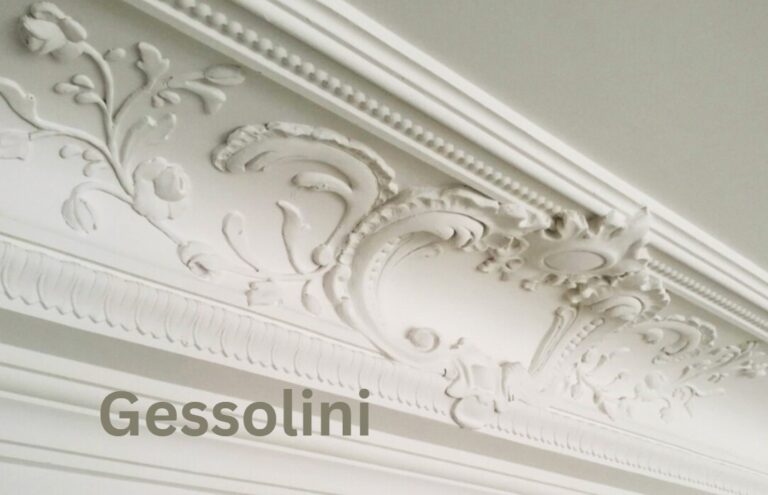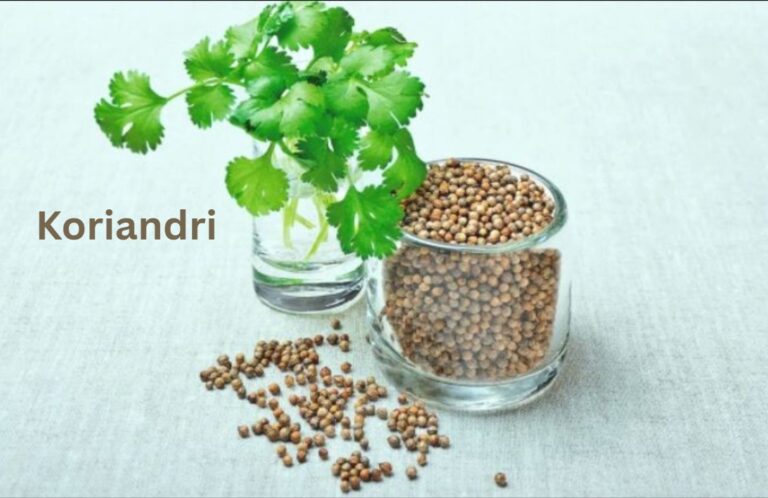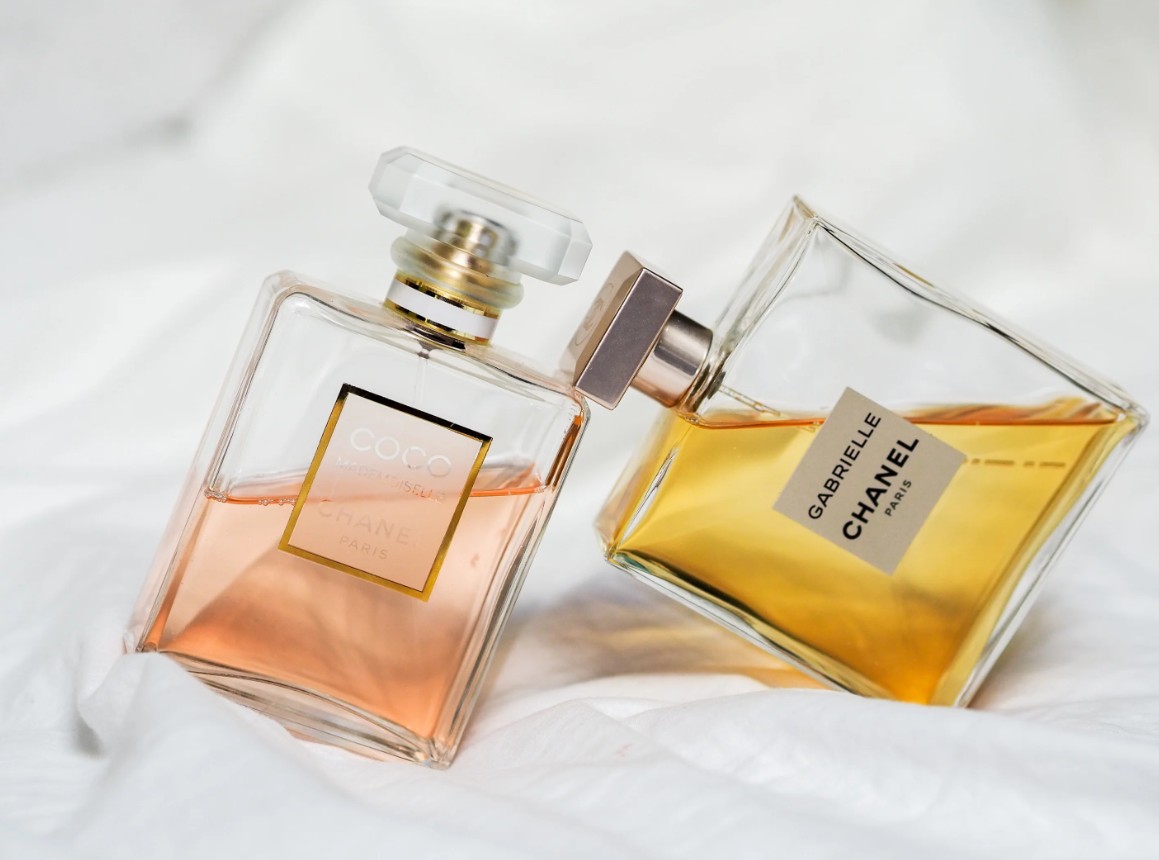
Fragrances have become an essential part of personal grooming, symbolizing elegance, mood, and individuality. One of the most commonly encountered fragrance types is eau de toilette, often seen on perfume bottles lining department store shelves. But what exactly is eau de toilette’s, and how does it differ from other fragrances like parfum or cologne? In this detailed guide, we explore the eau de toilette meaning, its historical context, usage, and how it stacks up in the ongoing eau de toilette vs parfum debate. Whether you’re a casual user or a fragrance aficionado, understanding what sets eau de toilette’s apart can help you choose a scent that suits your lifestyle and preferences.
Eau de Toilette Meaning and Definition
The term “eau de toilette” comes from the French phrase “faire sa toilette,” meaning to get ready or groom oneself. In the fragrance world, it refers to a lightly scented perfume that contains a relatively lower concentration of aromatic compounds compared to more potent versions like eau de parfum or parfum. Typically, eau de toilette’s has around 5% to 15% concentration of perfume oil diluted in a high volume of alcohol and water. This balance creates a fragrance that is subtle yet noticeable, making it ideal for daytime wear or professional settings. It is also known as “aromatic water” because of its refreshing and non-intrusive nature. The high alcohol content helps the scent disperse quickly upon application, offering an immediate, crisp burst of aroma that fades gradually over a few hours.
Historical Origins of Eau de Toilette
The use of aromatic waters dates back to ancient civilizations like Egypt and Rome, but the concept of eau de toilette as we know it began to take form in 18th-century France. Initially, it was a part of personal hygiene routines—used to freshen up and clean the body. These aromatic waters often contained herbal infusions like lavender, rosemary, and citrus oils. Over time, as perfumery evolved, so did the formula and purpose of eau de toilette. It transformed from a utilitarian product into a refined, luxury item worn for its pleasing scent and status appeal. Today, eau de toilette’s remains one of the most popular fragrance categories globally, bridging the gap between light colognes and the heavier eau parfum.
Eau de Toilette vs Parfum: What’s the Difference?
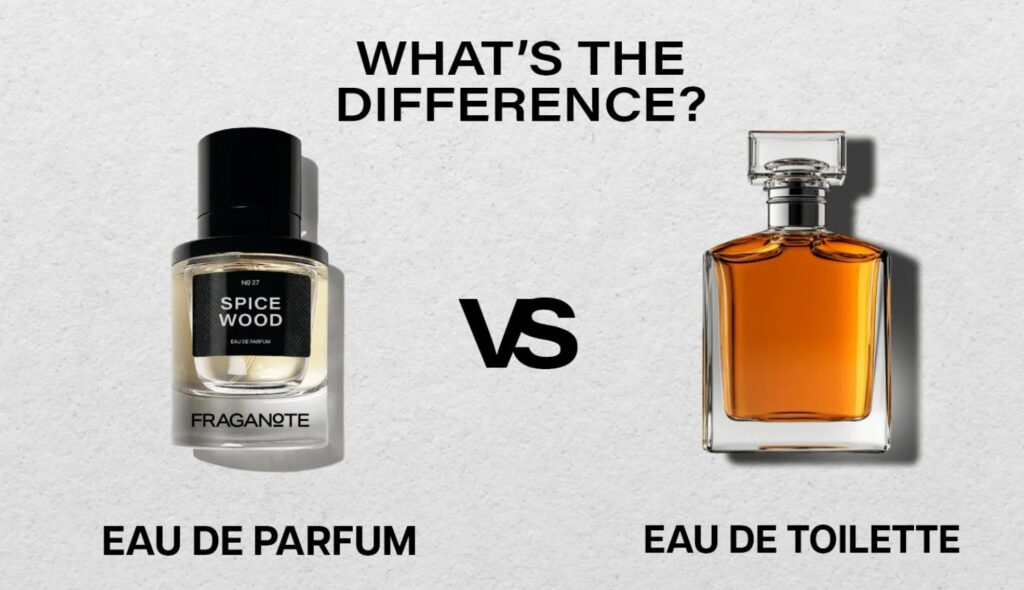
The distinction between eau de toilette vs parfum lies primarily in the concentration of fragrance oils. While eau de toilette’s typically contains 5% to 15% perfume oil, parfum (also known as extrait de parfum or pure perfume) contains 20% to 30% or even more. This makes parfum much richer, longer-lasting, and often more expensive. Parfum is ideal for evening wear or special occasions due to its intensity and staying power, often lasting up to 24 hours. In contrast, eau de toilette’s is lighter, more affordable, and suited for everyday use, lasting anywhere from 3 to 6 hours depending on skin type and environmental conditions. When choosing between eau de parfum vs eau de toilette, it ultimately comes down to personal preference, budget, and intended use. Eau de toilette’s gives you the flexibility of reapplication without overwhelming your senses or those around you.
Why Choose Eau de Toilette?
Eau de toilette is a favorite for many due to its balanced profile—it offers enough fragrance to be noticeable without being overpowering. Its quick evaporation rate makes it less likely to cause irritation, especially for those sensitive to strong scents. Additionally, it’s generally more affordable than eau de parfum or parfum, making it accessible for everyday wear. People often opt for eau de toilette’s in warmer weather, as its lighter formulation is more refreshing and doesn’t become cloying in heat. Another practical reason to choose eau de toilette’s is its versatility; you can layer it with matching body products or even other scents to create a signature fragrance that evolves throughout the day.
How to Apply Eau de Toilette Correctly
Proper application enhances the longevity and projection of any fragrance. Eau de toilette’s is best applied directly to pulse points—areas of the body where blood vessels are closest to the skin. These include the wrists, neck, behind the ears, and inner elbows. Since the fragrance is lighter, you may need to reapply once or twice throughout the day to maintain its effect. Avoid rubbing your wrists together after application, as this can break down the fragrance molecules and alter the scent profile. For best results, spray from about 4 to 6 inches away from the skin, and always apply to clean, moisturized skin to help lock in the scent longer.
Versace Eros Eau de Toilette’s: A Popular Example
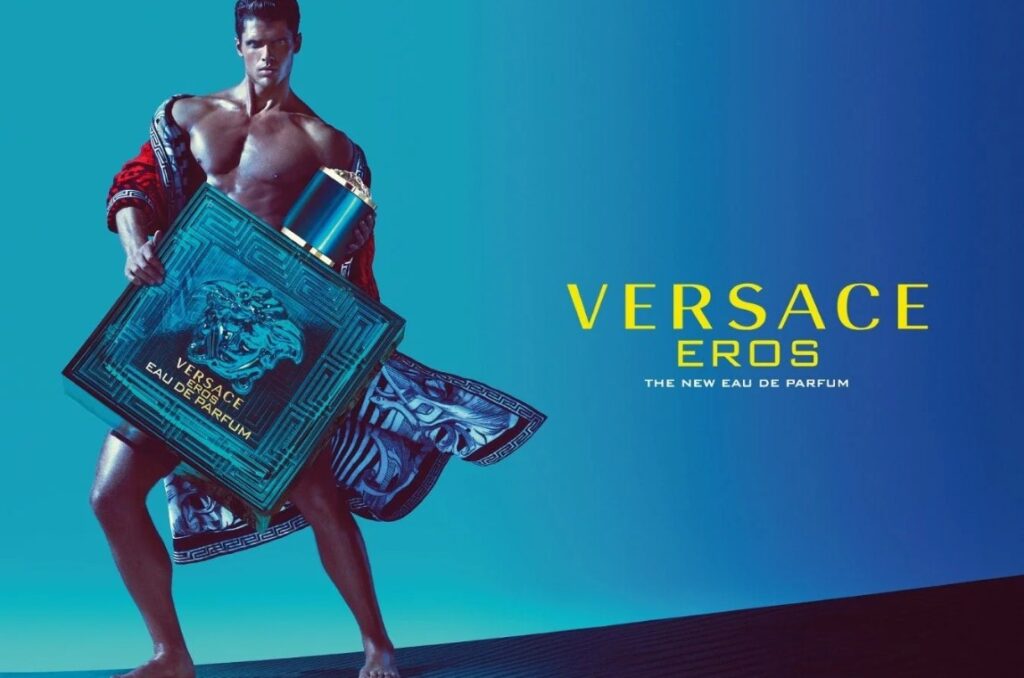
Among many eau de toilette products, Versace Eros Eau de Toilette stands out as a prime example of how this type of fragrance can make a bold statement. Launched in 2012, Versace Eros is known for its vibrant blend of mint, green apple, lemon, and tonka bean. Although it is an eau de toilette’s, its scent profile is quite potent and long-lasting compared to many others in the same category. Versace Eros is marketed as a masculine fragrance, exuding confidence, seduction, and strength. It’s a favorite among younger audiences for its modern, energetic vibe. The success of Versace Eros demonstrates that eau de toilette’s doesn’t have to compromise on impact—it can still deliver complexity and presence without the intensity of a parfum.
Eau de Parfum vs Eau de Toilette: Which One Is Better?
When deciding between eau de parfum vs eau de toilette, the answer largely depends on your lifestyle and preference. Eau de parfum offers deeper, more lingering notes and is best suited for evening events or colder seasons, where a strong scent is more desirable. Eau de toilette, on the other hand, is lighter and more breathable, ideal for work, casual outings, or warm weather. It’s worth noting that some fragrance houses release both an eau de toilette’s and an eau des parfum version of the same scent, each with slightly different formulations. For example, one may emphasize top citrus notes, while the other brings out floral or woody undertones. Trying both can help you determine which suits your body chemistry and olfactory preferences better.
Aromatic Waters and Alcohol Content
One of the defining features of eau de toilette is its high alcohol content. This not only helps in dispersing the fragrance but also contributes to its cooling effect upon application. The alcohol evaporates quickly, allowing the top notes of the scent to become immediately noticeable. However, due to the volatility of alcohol, eau de toilette also fades faster than parfum. The term “aromatic water” used in historical contexts underscores the refreshing, almost tonic-like quality of this fragrance category. It was originally used not just for scent but also for hygiene and mood enhancement. While modern eau de toilette’s serves a different purpose, the foundational elements remain consistent—light, refreshing, and easy to wear.
Skin Type and Eau de Toilette’s Performance
Fragrance longevity and projection are affected by skin type. Individuals with dry skin may find that eau de toilette dissipates more quickly, as there is less natural oil to bind with the scent. Conversely, those with oily skin may enjoy longer-lasting results. Using a moisturizer or unscented body oil prior to applying eau de toilette’s can help prolong its presence. Environmental factors such as humidity, temperature, and even diet can also affect how a fragrance smells and how long it lasts. As eau de toilette’s is lighter, reapplication may be necessary, especially during active days or in outdoor conditions.
Gender and Eau de Toilette Marketing
Historically, fragrances have been marketed along gender lines, with floral or sweet eau de toilettes targeting women and spicy or woody ones geared toward men. However, this is changing. More brands are introducing gender-neutral eau de toilette options that focus on the scent profile rather than the identity of the wearer. This shift allows individuals to select fragrances based purely on preference, chemistry, and mood, breaking away from outdated gender stereotypes. The growing popularity of unisex options in eau de toilette’s also speaks to its universal appeal—light, wearable, and versatile for any occasion.
Price and Accessibility of Eau de Toilette
Eau de toilette tends to be more budget-friendly than parfum or eau de parfum, making it a great entry point for those new to the world of fragrances. Available across drugstore, mid-range, and luxury markets, eau de toilette’s offers something for every budget. Brands like Versace, Dior, and Chanel offer premium EDTs that deliver both quality and sophistication. Meanwhile, affordable options from brands like Nautica or Adidas make fragrance accessible to a broader audience. The variety in price points and scent profiles makes eau de toilette’s one of the most inclusive fragrance types available today.
Eau de Toilette Layering and Customization
One of the advantages of eau de toilette is that it lends itself well to layering—combining with body lotions, shower gels, or other fragrances to create a custom scent experience. Layering helps in enhancing longevity and adds depth to the fragrance without it becoming overwhelming. For those who enjoy experimenting, this flexibility is a huge advantage. Many brands now offer complete fragrance lines that include body products designed to match their eau de toilette’s, allowing for a cohesive scent experience that lasts longer and evolves throughout the day.
Conclusion
Eau de toilette’s remains a cornerstone in the world of fragrances, offering an ideal blend of subtlety, affordability, and everyday wearability. Whether you’re comparing eau de toilette vs parfum, exploring iconic options like Versace Eros Eau de Toilette, or simply learning the eau de toilette meaning, this category of scent delivers versatility without compromising on sophistication. Its high alcohol content, fast-dispersing nature, and refreshing aroma make it the go-to choice for those who want to smell great without overwhelming the senses. From luxury labels to daily staples, eau de toilette’s holds a timeless appeal across all fragrance users.
Frequently Asked Questions (FAQs)
1. What does eau de toilette‘s mean?
It refers to a lightly scented fragrance with 5–15% aromatic compounds, used for daily wear and known for its refreshing qualities.
2. How is eau de toilette’s different from eau de parfum?
Eau de toilette’s is lighter, less concentrated, and more affordable, while eau de parfum is stronger and longer-lasting.
3. Is Versace Eros eau de toilette‘s a good fragrance?
Yes, it’s a popular, long-lasting EDT known for its vibrant, masculine scent with wide appeal.
4. How long does eau de toilette’s last?
Typically, it lasts 3 to 6 hours depending on skin type and environmental conditions.
5. Can I wear eau de toilette’s daily?
Absolutely. It’s ideal for daily use due to its light formulation and fresh scent profile.


